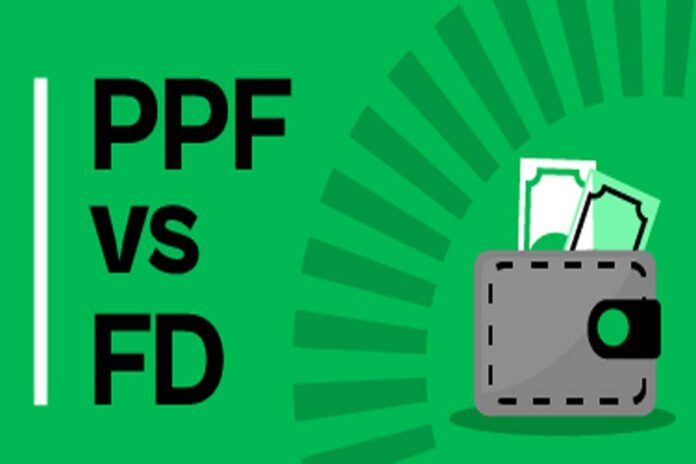Planning for future financial needs involves seeking better investment options while ensuring security. Everyone desires favorable returns on their investments. With recent increases in Bank Fixed Deposit (FD) interest rates, individuals contemplating investment planning are pondering over the question: Which option between Bank FD and Public Provident Fund (PPF) is better?
- Both PPF (Public Provident Fund) and FD are secure investment options, shielding investments from market fluctuations.
- FDs are facilitated by NBFCs and banks, functioning as a savings scheme, offering one of the securest investment avenues. The financial goals of individuals may vary, influencing their choice between these options.
- PPF allows investments ranging from a minimum of ₹500 to a maximum of ₹1.5 lakh annually. Returns on investments exceeding ₹1.5 lakh annually are not accrued.
- FDs offer investment periods from as short as seven days to as long as ten years. In contrast, PPF accounts have a fixed duration of 15 years, extendable in blocks of five years.
- FDs yield interest on a monthly, quarterly, or semi-annual basis, while PPF provides interest at a rate of 7.1% annually, offering compounded interest annually.
- Tax-saving can be achieved through FDs, with investors benefiting from tax savings up to ₹1,50,000. PPF also offers tax-saving benefits; under Section 80C of the Income Tax Act, 1961, the income and maturity amounts from PPF are tax-free.
Understanding these differences can aid individuals in aligning their investment choices with their financial aspirations and goals, ensuring both security and optimal returns in the long run.



